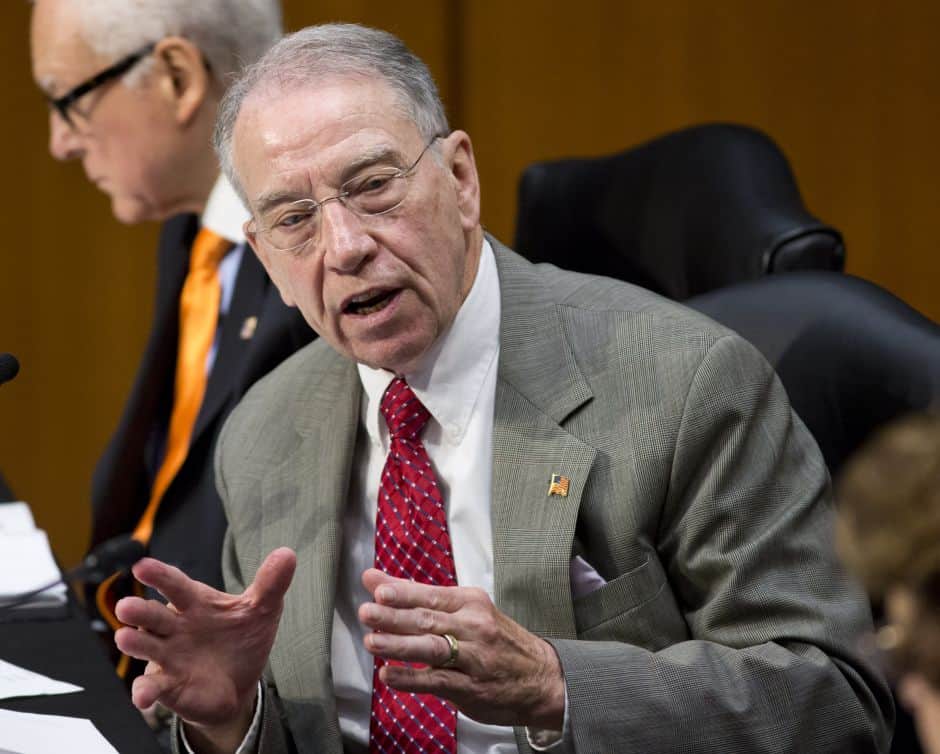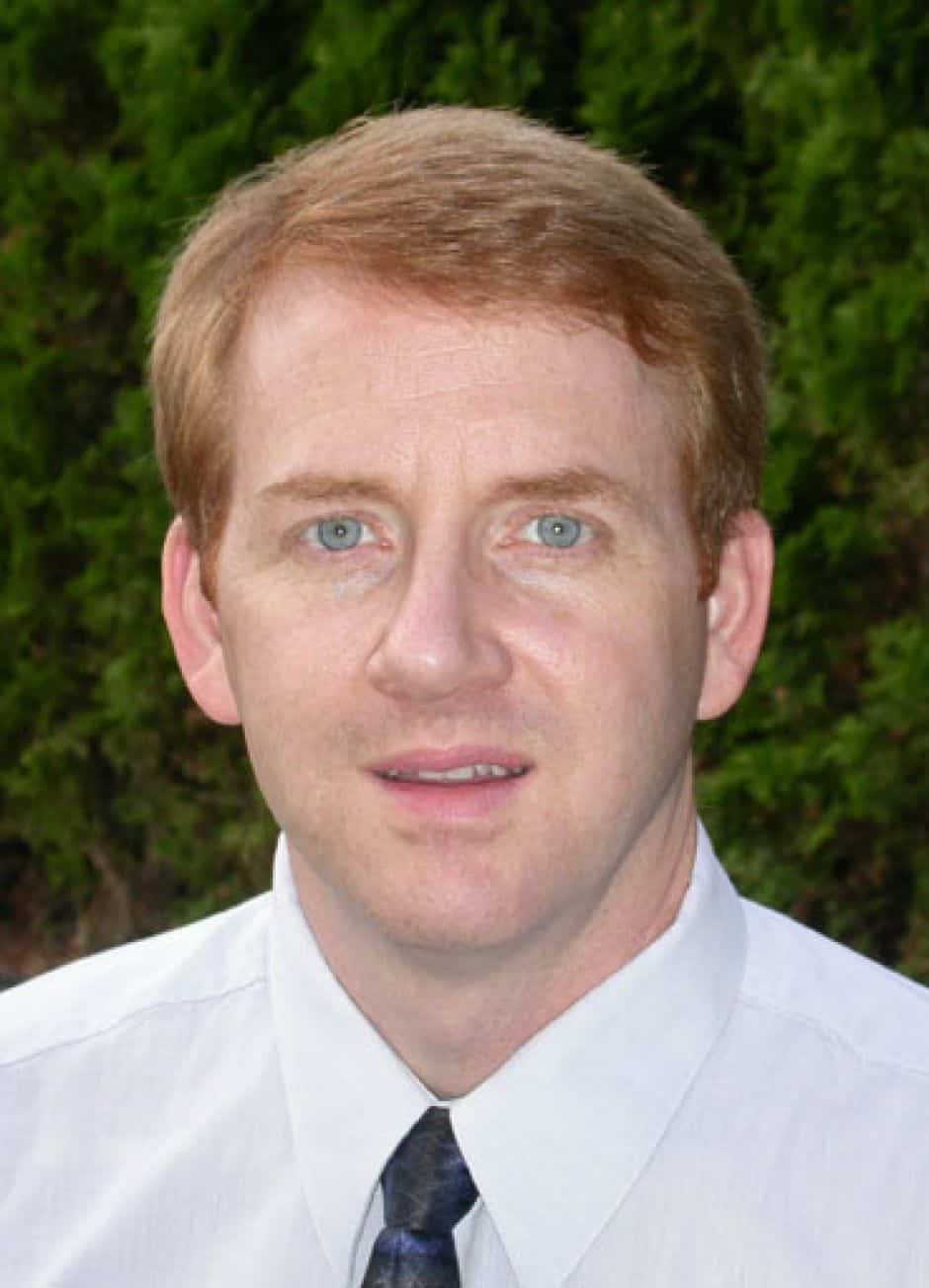Introduction
BERKELEY, Calif. — A faculty member at the University of California, Berkeley, wanted to secure a National Institutes of Health grant to benefit his startup company.
That might be a problem, university officials in charge of complying with NIH’s conflict-of-interest rules said. Their solution? Resubmit the application and list another faculty member as the researcher. The academic withdrew the application instead.

J. Scott Applewhite/AP
This real example was presented in a September 2011 training video, posted on YouTube, showing how university officials help researchers avoid having to disclose possible financial conflicts of interest to the federal agency funding their research.
Records detail another case this year in which a professor said it was “highly likely” his company would license any technology produced from his NIH-funded research. Berkeley officials saw no conflict.
To some, such cases raise questions about how stringently UC Berkeley enforces NIH’s conflict-of-interest rules. Sen. Charles Grassley, R-Iowa, said they also raise questions about whether the NIH should leave enforcement to universities.
Concerns that financial entanglements can taint research prompted the NIH in August 2011 to strengthen its rules requiring disclosure of financial conflicts. The new rules expanded the definition of such conflicts and required more reporting to NIH.
“NIH can continue to rewrite conflict of interest rules, but the rules won’t do any good unless there’s a way to make them stick,” Grassley told the Center for Public Integrity. “Research institutions that look the other way on conflicts of interest appear free to do so knowing NIH will take them at their word.”
The NIH declined to comment on UC Berkeley’s practices or to respond to Grassley’s comments. In a written statement, a spokesperson said, “NIH strengthened the key provisions of the regulations and added accountability and transparency to send a clear message that NIH is committed to promoting objectivity in the research it funds.”
The issue of conflicts of interest in research is complex. Congress passed the Bayh-Dole Act in 1980, allowing nonprofit organizations and small businesses with federal research grants to own the patents on their discoveries. Yet studies suggest financial conflicts can bias research findings.
The theory in the scientific community is that you can manage conflicts to reduce bias, and a common way to do that is to require public disclosure. NIH requires schools to investigate and manage possible conflicts; under the new rules, it directs schools to explain how it is managing the conflicts.
Graham Fleming, UC Berkeley’s vice chancellor for research, said the very nature of research is to make discoveries that aid the public.
“Conflict of interest is something we take very seriously. We don’t aim to eliminate it. In fact that would be counterproductive. What we aim to do is to manage the conflict of interest,” he said.
A standard way to manage a conflict is to name another professor without a financial stake as the lead researcher, something that the school would disclose to NIH, Fleming said. By naming a new researcher, he said, the conflict is eliminated.
In the UC Berkeley training video, Jyl Baldwin, coordinator of the university’s conflict-of-interest committee, says situations like this are “rare.” The committee’s goal, she says, is to help researchers so “the research can go on the way it’s proposed without causing any headlines in the San Francisco Chronicle.”
Baldwin also said, “For certain programs, [the Department of Energy] also has a financial disclosure requirement. We’ve found a way to work around that — I shouldn’t say that; it sounds negative, or sounds manipulative. We found a way to handle the DOE disclosure requirements.”
The school’s website and the training video suggest that in some cases the university determines there is no conflict of interest even when the professor has a financial stake in the research.
“Is a financial interest automatically a conflict of interest? Not necessarily,” says UC Berkeley’s website. “This may be a matter of semantics. Some argue that any financial interest in a company automatically puts the individual into a situation where there is a conflict with his or her research responsibilities.”
NIH rules say a researcher has a significant conflict of interest if the researcher is paid more than $5,000 or owns stock in a private company with interest in the research. Sometimes, that standard is put to the test.
In April, genetics professor Andrew Dillin disclosed to UC Berkeley officials that he gets paid $90,000 a year and owns 2 million shares – valued at $200,000 – of Proteostasis Therapeutics, a company he co-founded to develop new drugs for people with cystic fibrosis and Alzheimer’s disease. Dillin said it was “highly likely” the company would license any technology arising from the $387,000 research grant he was seeking from NIH.
The school’s conflict-of-interest committee concluded there was no conflict and that no disclosure needed to be made to NIH. The research was not within the current “focus” of the company, the head of the committee wrote.
Even so, the committee said it would be “prudent” for Dillin to disclose his company ties to students in his laboratory and when presenting his research in talks or publications.
Asked why the committee suggested Dillin disclose ties to his students but not to the NIH, Fleming referred the question to university spokesman Dan Mogulof. Because the committee found no conflict of interest, Mogulof explained in an email, there was no requirement for Dillin to disclose his company ties to anyone.
“In other words, the Committee recommended that Prof. Dillin take steps beyond those required by federal regulations,” Mogulof wrote. Dillin did not respond to an interview request.
NIH rules say that even in cases where the university has more stringent conflict of interest rules than NIH, it must still disclose how it will manage the conflict.
The NIH had initially proposed that schools post all financial disclosures from researchers on university websites. But in the final rules, that proposal was changed to releasing the records, when requested, within five business days.
It took UC Berkeley more than two months to release Dillin’s disclosures following a Center for Public Integrity public records request. The school’s public-records officer said NIH’s five-day rule didn’t apply because the school determined there was no conflict.
Universities have their own conflict in trying to police researchers because they get a cut of research dollars, said Paul Thacker, a fellow at Harvard University and a former investigator for Grassley specializing in conflicts of interest in research.
School officials don’t fear retaliation from the NIH, Thacker believes, because the agency doesn’t have a history of cracking down.
The Center requested interviews with conflict-of-interest officials at NIH for weeks, but the agency declined. The NIH would not talk about its history of enforcing conflict-of-interest rules and said it had no data on how many times it had taken action against researchers or universities for failing to disclose conflicts.
Grassley said that despite the recent changes in NIH rules, more needs to be done.
“An effective enforcement mechanism might require legislation,” he said, “since NIH either can’t or won’t get tough enough on its own.”
Read more in Environment
Environment
EPA plan would slash climate-damaging carbon emissions from 1,000 existing power plants
Environment
Top environment investigations from 2013
We asked our editors to select their favorites from this year’s work


Join the conversation
Show Comments